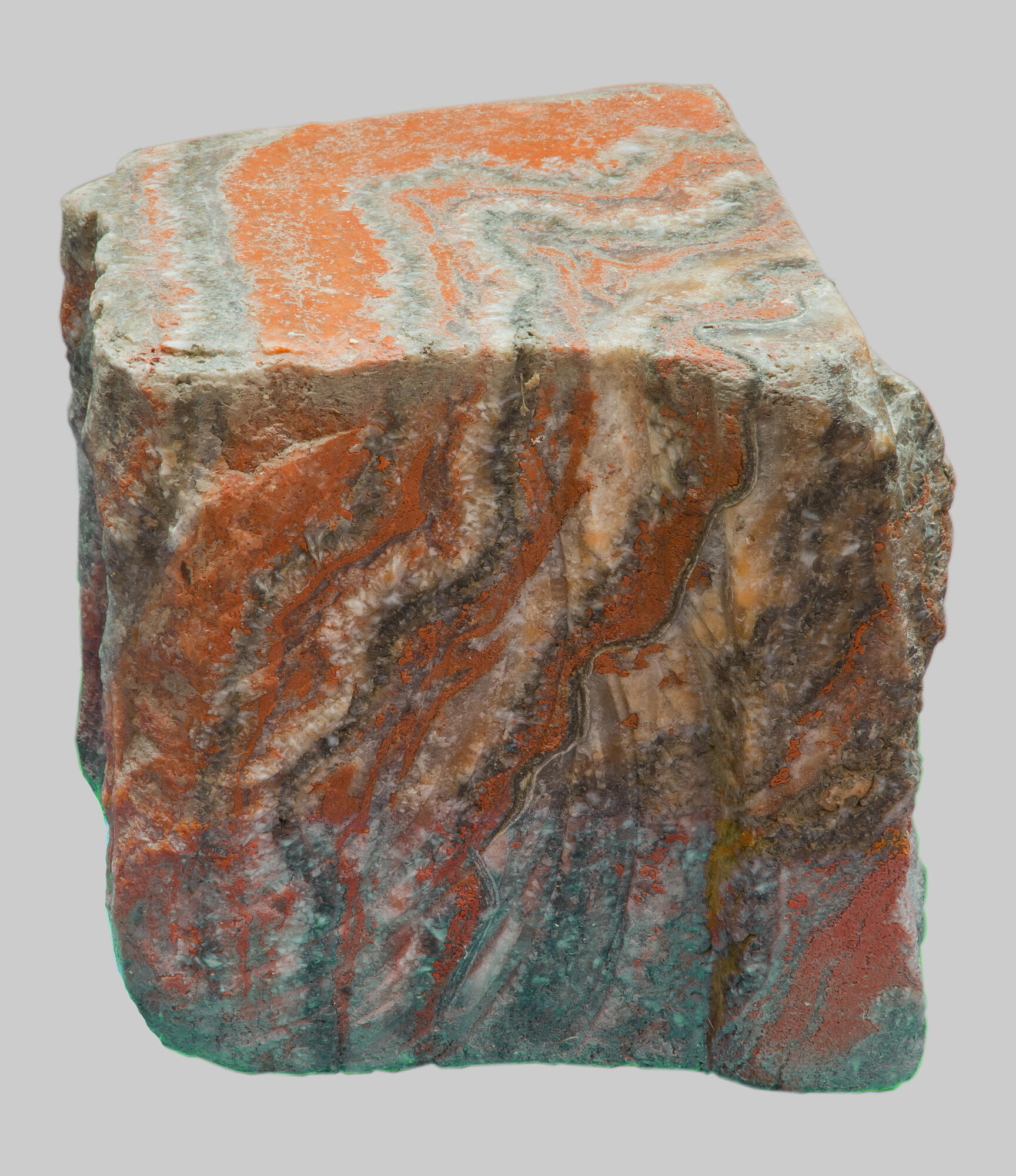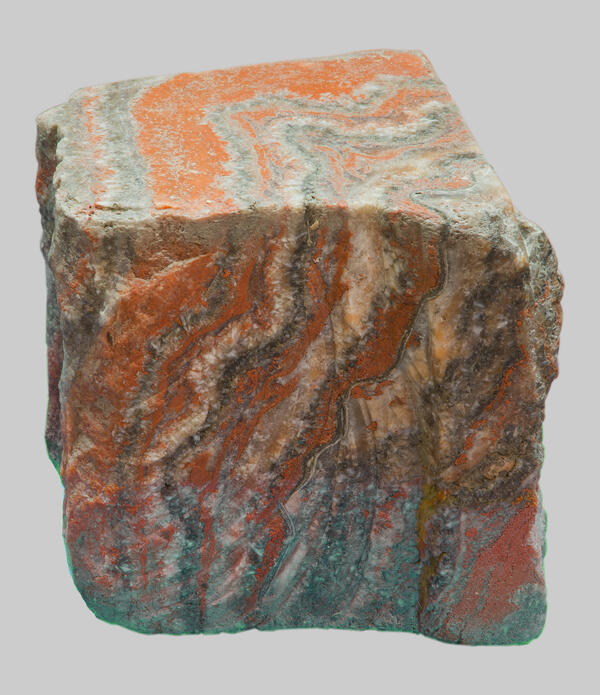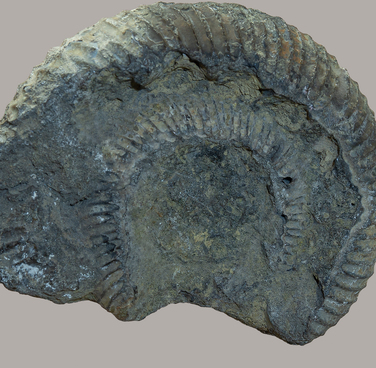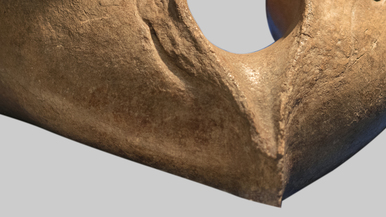Back in the middle of the 15th century, on the Usolka River, the left tributary of the Kama, the first salt pans stations appeared, where high-quality edible Permyanka salt was evaporated. The brine was pumped from the wells through ‘pipes’ - hollowed-out tree trunks. The remains of such pipes can be seen in the local history museums of Berezniki, SolikAmsk and UsOlye.
The depth of the wells was constantly increasing - more and more strong brines were needed. The industrial development of the potash deposit began in 1934. Ten years later, the first Berezniki potash plant was commissioned but it is not operating today. Starting from 1960s, construction of facilities for the extraction and processing of potassium and magnesium raw materials began in Berezniki. In 1969, the second Bereznikovskiy potash plant was commissioned, and in 1973-1974 the third plant was commissioned, it was there that a sample presented in the museum was mined.
In 1992, the fourth potash plant began operating in Berezniki. In 2018, the Usolskiy Potash Plant was commissioned, and Uralkali is currently developing another deposit - the Ust-Yayvinsky Mine.
Potassium salts and their compounds are widely used in various industries and agriculture. Potassium, phosphorus and nitrogen are the elements most essential for plants, they form the basis of mineral fertilizers.
Potassium salts are sedimentary rocks formed by potassium and potassium-magnesium minerals readily soluble in water. The salt layer, which became the basis for the deposits of potash salts of the Upper Kama region, was formed over 250 million years. Then, in the Permian period of the Paleozoic era, the Perm Sea was located on the territory of the modern Urals. Gradually, as a result of mountain building and volcanic activity, the sea was leaving, and the Ural Mountains began to grow in its place.
Until now, fragments of trunks and branches of ancient trees are found in the salt deposits on the territory of the Verkhnekamskoye deposit. For example, one of the seven-meter-long trunks is a clear representative of a tropical or subtropical forest. The salts often contain a variety of high-temperature minerals, volcanic and igneous rocks.
The depth of the wells was constantly increasing - more and more strong brines were needed. The industrial development of the potash deposit began in 1934. Ten years later, the first Berezniki potash plant was commissioned but it is not operating today. Starting from 1960s, construction of facilities for the extraction and processing of potassium and magnesium raw materials began in Berezniki. In 1969, the second Bereznikovskiy potash plant was commissioned, and in 1973-1974 the third plant was commissioned, it was there that a sample presented in the museum was mined.
In 1992, the fourth potash plant began operating in Berezniki. In 2018, the Usolskiy Potash Plant was commissioned, and Uralkali is currently developing another deposit - the Ust-Yayvinsky Mine.
Potassium salts and their compounds are widely used in various industries and agriculture. Potassium, phosphorus and nitrogen are the elements most essential for plants, they form the basis of mineral fertilizers.
Potassium salts are sedimentary rocks formed by potassium and potassium-magnesium minerals readily soluble in water. The salt layer, which became the basis for the deposits of potash salts of the Upper Kama region, was formed over 250 million years. Then, in the Permian period of the Paleozoic era, the Perm Sea was located on the territory of the modern Urals. Gradually, as a result of mountain building and volcanic activity, the sea was leaving, and the Ural Mountains began to grow in its place.
Until now, fragments of trunks and branches of ancient trees are found in the salt deposits on the territory of the Verkhnekamskoye deposit. For example, one of the seven-meter-long trunks is a clear representative of a tropical or subtropical forest. The salts often contain a variety of high-temperature minerals, volcanic and igneous rocks.



